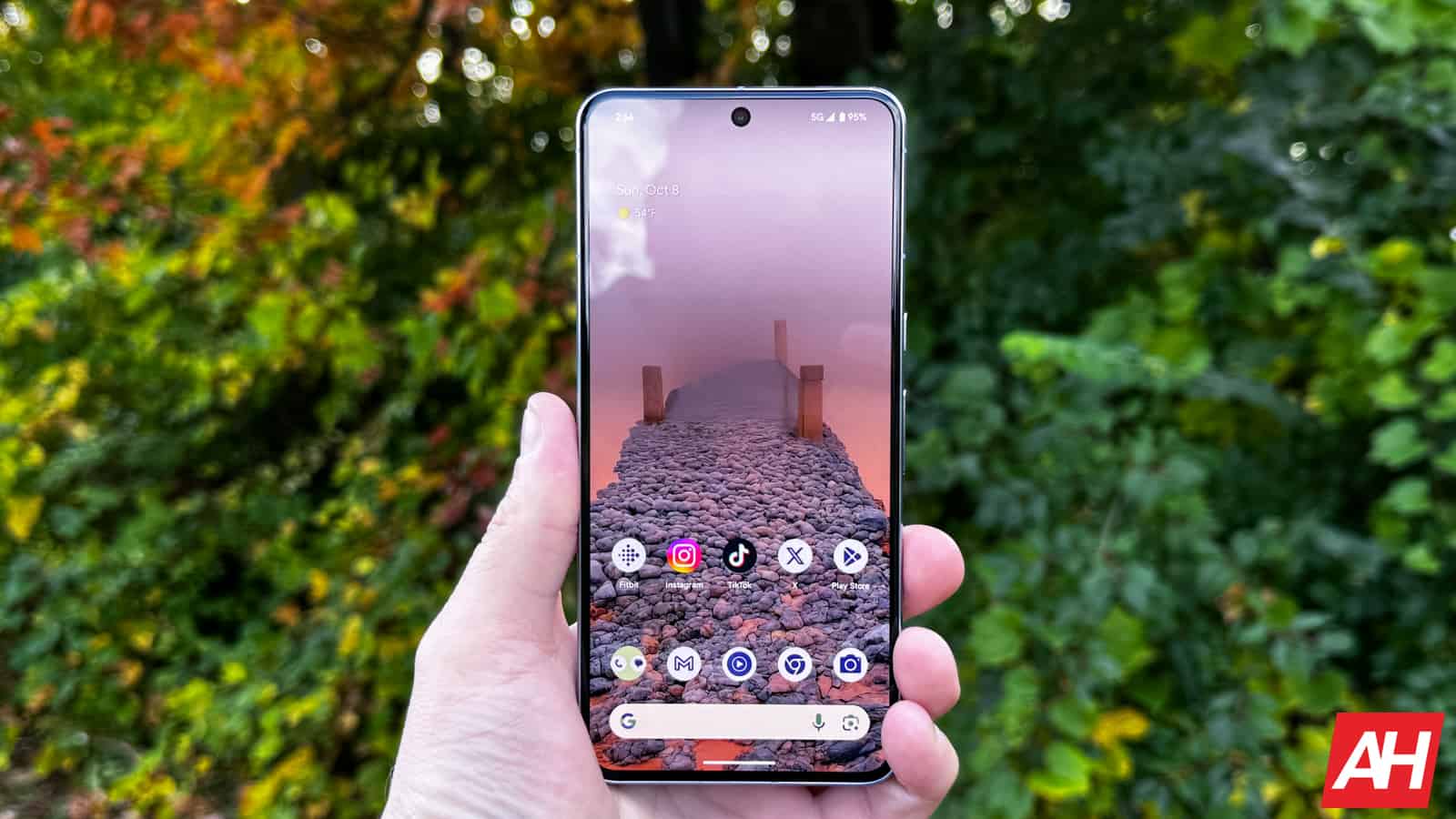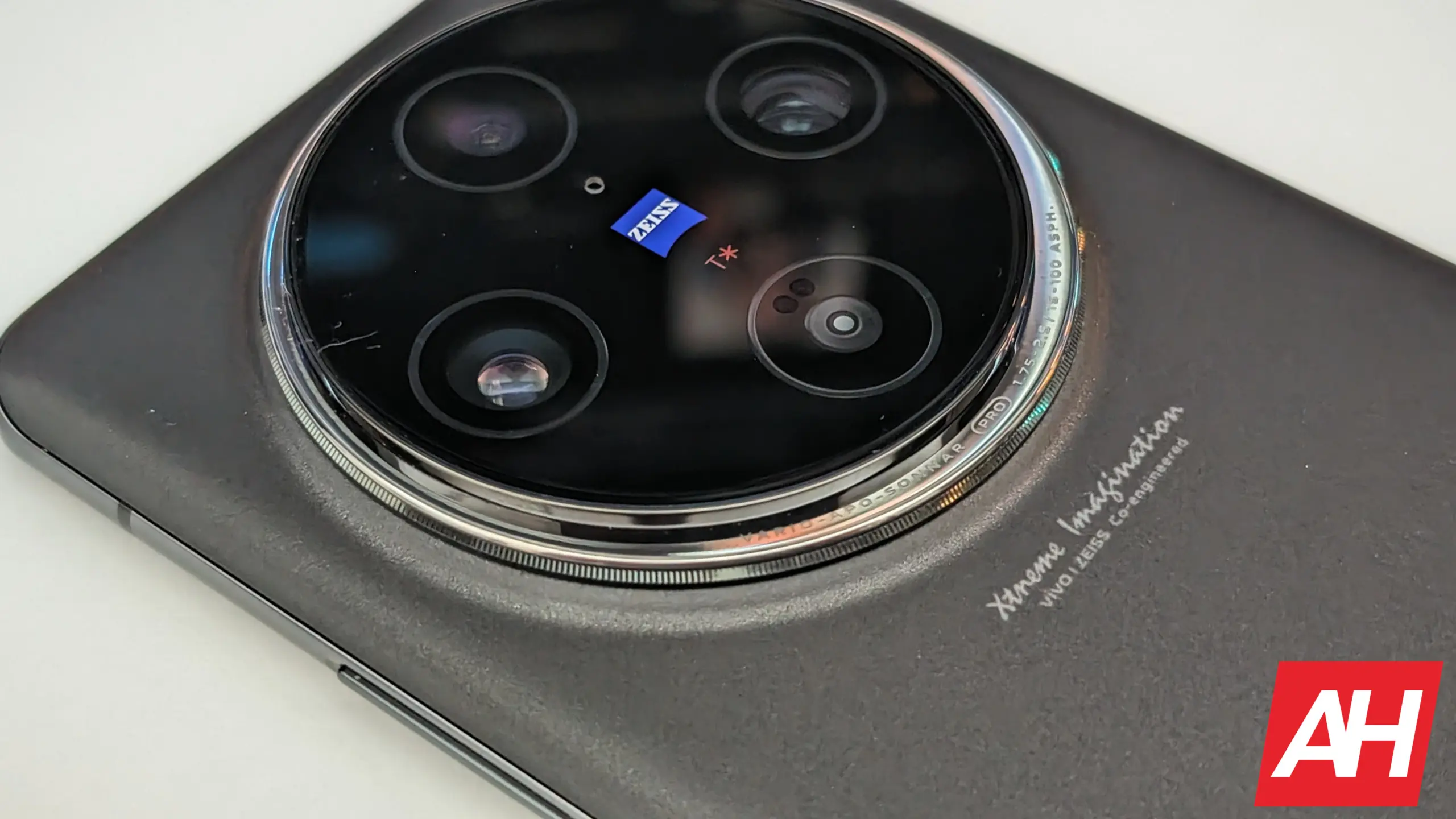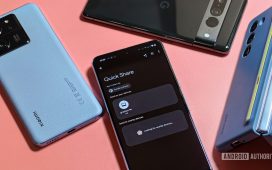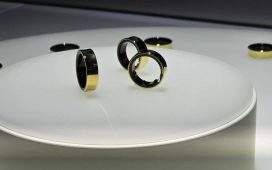Both Google and Vivo have very interesting flagship smartphones to offer at the moment. In this article, we’ll compare them, the Google Pixel 8 Pro vs Vivo X100 Pro. Both of them originally arrived in the latter part of last year, and both are large and powerful, but also quite different. With that in mind, there’s plenty to talk about here.
As usual, we’ll kick things off by listing their specifications. Following that, we’ll move to compare their designs, displays, performance, battery life, cameras, and audio output. This should be a rather interesting comparison considering that they’re both camera-centric, kind of, even though they’re great smartphones overall. The Pixel 8 Pro does lean more on AI, while the Vivo X100 Pro has that sheer hardware power mixed with some other factors. Let’s get to it, shall we?
Specs
Google Pixel 8 Pro vs Vivo X100 Pro, respectively
– Screen size:
6.7-inch Super Actua AMOLED display (flat, 120Hz LTPO, HDR10+, 2,400 nits)
6.78-inch LTPO AMOLED display (curved, adaptive 120Hz, 3,000 nits max brightness)
– Display resolution:
2992 x 1344
2800 x 1260
– SoC:
Google Tensor G3
MediaTek Dimensity 9300
– RAM:
12GB (LPDDR5X)
16GB (LPDDR5X)
– Storage:
128GB/256GB/512GB/1TB (UFS 3.1)
512GB/1TB (UFS 4.0)
– Rear cameras:
50MP (f/1.68 aperture, 82-degree FoV, 1.2um pixel size, OIS), 48MP (ultrawide, f/1.95 aperture, 125.5-degree FoV, 0.8um pixel size), 48MP (telephoto, f/2.8 aperture, 0.7um pixel size, 5x optical zoom)
50MP (f/1.8 aperture, 1.6um pixel size, PDAF, OIS, Laser AF), 50MP (ultrawide, f/2.0 aperture, 119-degree FOV, 0.64um pixel size, 15mm lens), 50MP (periscope telephoto, f/2.5 aperture, 0.7um pixel size, PDAF, 100mm lens)
– Front cameras:
10.5MP (f/2.2 aperture, 1.22um pixel size)
32MP (wide, f/2.0 aperture, 20mm lens)
– Battery:
5,050mAh
5,400mAh
– Charging:
30W wired, 23W wireless, reverse wireless (charger not included)
100W wired, 50W wireless, reverse wired (charger included)
– Dimensions:
162.6 x 76.5 x 8.8mm
164.1 x 75.3 x 8.9mm
– Weight:
213 grams
225 grams
– Connectivity:
5G, LTE, NFC, Wi-Fi, USB Type-C, Bluetooth 5.3/5.4
– Security:
In-display fingerprint scanner (optical) & facial scanning
– OS:
Android 14
Android 14 with Funtouch 14
– Price:
$999+
€1,199
– Buy:
Google Pixel 8 Pro (Best Buy)
Vivo X100 Pro (Vivo)
Google Pixel 8 Pro vs Vivo X100 Pro: Design
The moment you look at these two phones you’ll realize how different they are. The Pixel 8 Pro comes with a flat display, which has a centered display camera hole, and very thin bezels all around. The Vivo X100 Pro has a curved display, with a centered display camera hole, and thin bezels. Physical buttons on both phones are included on the right-hand side, but their layout is different. On the Pixel 8 Pro, the power/lock button sits above the volume rocker keys. It’s the opposite on the Vivo X100 Pro.
If we flip the two phones around, you’ll notice vastly different backplates. The Pixel 8 Pro includes a camera visor on the back. It is covered by metal, and it connects to the frame of the phone, on its sides. The Vivo X100 Pro has a large camera oreo on the back, in the upper portion of the phone’s backplate. Both phones do include three cameras back there, while the Vivo X100 Pro’s are backed by ZEISS. The backplates on both phones curve towards the edges.
The display on the Vivo X100 Pro is a bit larger, and that phone is both taller and narrower than the Pixel 8 Pro. The two devices are basically equally thick, while the Vivo X100 Pro is heavier than the Pixel 8 Pro. It comes in two versions, with a vegan leather back, and a glass back. The vegan leather back is a bit lighter, but still heavier than the Pixel 8 Pro. Both of these phones also come with an IP68 certification for water and dust resistance.
Google Pixel 8 Pro vs Vivo X100 Pro: Display
Google’s flagship includes a 6.7-inch 2992 x 1344 LTPO OLED display. That panel is flat, and it offers an adaptive refresh rate of up to 120Hz. HDR10+ content is supported here, and the display goes up to 2,400 nits when it comes to brightness. The display aspect ratio is 20:9, while the screen-to-body ratio on the phone is around 87%. The Pixel 8 Pro’s display is protected by the Gorilla Glass Victus 2.


The Vivo X100 Pro, on the flip side, has a 6.78-inch 2800 x 1260 LTPO AMOLED display. Its panel is curved, and the phone can project up to 1 billion colors. It offers an adaptive refresh rate of up to 120Hz, while the peak brightness of its display is 3,000 nits. The display aspect ratio here is 20:9, while the screen-to-body ratio of the Vivo X100 Pro’s display is around 90%.
There’s not much to complain about when it comes to these two displays. Both of them are quite vivid, and they’re also more than sharp enough. The viewing angles here are great, and so is touch response. Both panels also do get more than bright enough when you’re outdoors, even under direct sunlight, but the Vivo X100 Pro’s display has an advantage in that regard. Do note that one panel is flat, while the other one is not, so that should also play a role in your decision-making.
Google Pixel 8 Pro vs Vivo X100 Pro: Performance
Google’s flagship is fueled by the Google Tensor G3 processor. That is Google’s very own chip and the most powerful one the company released at this point. That chip is combined with 12GB of LPDDR5X RAM here, and UFS 3.1 flash storage. The Vivo X100 Pro, on the other hand, is fueled by the MediaTek Dimensity 9300 SoC from Qualcomm. Vivo also included up to 16GB of LPDDR5X RAM here (only that model is available in a global variant), and the phone also utilizes UFS 4.0 flash storage.
Having said that, both smartphones do a really good job when it comes to day-to-day performance. They’re very smooth regardless of what you end up tasking them with. They’re opening apps really fast, and multitasking is a breeze, as is browsing, messaging, image processing, and so on. The two chips are more than powerful enough for such tasks. They’re also very good when it comes to gaming, but let’s talk more about that.
The Google Tensor G3 SoC is not exactly made for gaming. It can handle games just fine, but you may stumble upon some issues with truly demanding games, as in you won’t be able to play them to their full potential. Those titles are very rare. The Vivo X100 Pro, on the other hand, can handle absolutely everything with max settings, however, it does get very warm with truly demanding games. Well, both phones do, but the performance doesn’t really suffer, other than some dropped frames.
Google Pixel 8 Pro vs Vivo X100 Pro: Battery
Google’s flagship has a 5,050mAh battery on the inside. The Vivo X100 Pro packs in a 5,400mAh battery on the inside. In our experience, the Vivo X100 Pro offered better battery life overall. The Pixel 8 Pro battery life was not bad, but the phone usually flew under the 7-hour screen-on-time mark for us. The same cannot be said for the Vivo X100 Pro, as it easily crossed that mark, consistently.
Do note that both smartphones are capable of going up to 8 hours of screen-on-time, but with very specific usage. Another thing to note is that we did not game on most days and that neither phone had to deal with poor signal, while they were also connected to Wi-Fi most of the time. We did notice that the battery life suffers on 5G on both devices, though, it’s definitely not as good as on Wi-Fi. Your mileage may vary, of course, but for us, the Vivo X100 Pro came out on top in the battery life comparison.
In terms of charging, the Vivo X100 Pro easily wins. It supports 100W wired, 50W wireless, and reverse wired charging. The Pixel 8 Pro supports 30W wired, 23W wireless, and reverse wireless charging. The Vivo X100 Pro charges a lot faster in comparison. On top of that, the Vivo X100 Pro is the only phone here that ships with a charger in the retail box. You’ll have to grab one separately for the Pixel 8 Pro.
Google Pixel 8 Pro vs Vivo X100 Pro: Cameras
The Pixel 8 Pro packs in three cameras on the back. A 50-megapixel main camera is backed by a 48-megapixel ultrawide unit (126-degree FoV), and a 48-megapixel periscope telephoto camera (5x optical zoom). The Vivo X100 Pro, on the flip side, also has three cameras on the back. It includes a 50-megapixel main camera (1-inch sensor), a 50-megapixel ultrawide unit (119-degree FoV), and a 50-megapixel periscope telephoto camera (4.3x optical zoom).


Both smartphones do a great job during the day. The main cameras provide detailed, sharp, and well-balanced shots. Both of them tend to lean towards warmer tones, and both do great when it comes to HDR performance. Their ultrawide cameras keep up with the main shooters when it comes to color layout. Both periscope setups do a good job, but the Vivo X100 Pro takes the win when it comes to portrait and macro photography. At least it was that way for us.
When the light goes away, both manage to keep up. In fact, both smartphones do tend to brighten up low light scenes quite a bit, the Pixel 8 Pro usually more than the Vivo X100 Pro, so the images from the Vivo end up looking closer to real life most of the time. Vivo’s handset does better when it comes to light flares, while both smartphones generally perform great in low-light conditions. When the video recording is concerned, it’s a tossup, they both do a good job.
Audio
You will find stereo speakers on both of these smartphones. The ones on the Vivo X100 Pro are louder, though, that’s not difficult to notice. The ones on the Pixel 8 Pro are loud enough, but the difference is noticeable. We also preferred the sound from the Vivo X100 Pro’s speakers, it was a bit richer.
Neither of the two phones has an audio jack. You can always take advantage of their Type-C ports, though. If not, both phones are equipped with Bluetooth. The Pixel 8 Pro offers Bluetooth 5.3, while the Vivo X100 Pro supports Bluetooth 5.4.









